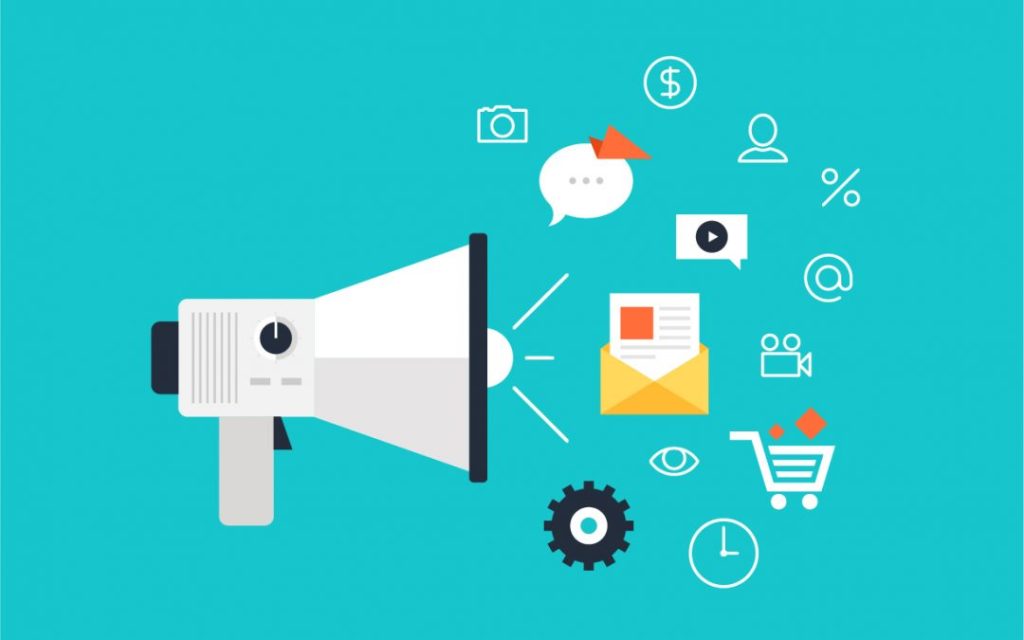
In 2025, influencer marketing isn’t just a trend — it’s one of the most powerful brand growth strategies available. With social media dominating consumer attention, partnering with influencers allows brands to reach new audiences, build trust quickly, and drive meaningful conversions.
In this post, we’ll explore exactly how influencer marketing helps brands scale, supported by data, examples, and real-world insights.
🔥 What is Influencer Marketing?
Influencer marketing is a strategy where brands collaborate with social media influencers to promote their products or services. These influencers have built loyal followings on platforms like Instagram, TikTok, and YouTube — and their recommendations carry real weight.
📈 Why Influencer Marketing Delivers High ROI in 2025
1. Trust Drives Conversions
- 82% of consumers say they are more likely to buy a product recommended by a micro-influencer than a celebrity or brand ad.
- Influencers act as word-of-mouth amplifiers, which is still the most effective form of marketing.
2. High Engagement > Paid Ads
- Influencer content sees 2-10x higher engagement than traditional brand content.
- It’s authentic, human-centered, and naturally blends into feeds.
3. Cost-Effective for All Budgets
- Brands can work with nano- and micro-influencers for less cost but higher niche engagement.
- Example: A skincare brand spent $5,000 on TikTok micro-influencers and saw a 320% increase in website traffic in 30 days.
4. Data-Driven Campaigns
- Tools like Instagram Insights, TikTok Analytics, and UTM links help brands track clicks, reach, and conversions in real-time.
- In 2025, influencer platforms are using AI to suggest creators who match brand tone, audience, and intent.
💡 Real-Life Example
📌 Glossier’s Micro-Influencer Strategy
Glossier scaled from a blog to a $1.2B brand by turning regular users into micro-influencers. Instead of big-budget celebrity endorsements, they focused on real beauty lovers with small followings — and gave them affiliate codes and personalized experiences.
Result: 70% of Glossier’s online sales came from word-of-mouth and influencer campaigns.
📊 Chart: Influencer Marketing vs Traditional Advertising ROI
| Metric | Influencer Marketing | Traditional Ads |
|---|---|---|
| Engagement Rate | 3.5% – 8% | 0.5% – 1% |
| Cost per 1,000 Impressions (CPM) | $10 – $25 | $50 – $100 |
| Conversion Rate | 2.7% – 5.5% | 1% – 2% |
| Trust & Authenticity | High | Low |
📌 Why Your Brand Needs It in 2025
- Consumers are tuning out ads and following influencers.
- Platforms like TikTok and Instagram continue to reward engaging, creator-driven content.
- Influencer marketing works across industries — from fashion and food to tech and SaaS.
✅ Final Thoughts
If your brand isn’t investing in influencer marketing in 2025, you’re leaving growth on the table. With the right strategy and creator partnerships, influencer marketing can help you:
- Build brand awareness fast
- Gain customer trust authentically
- Drive measurable traffic and sales
💬 Ready to Launch a Scalable Influencer Campaign?
As a leading influencer marketing agency, we specialize in matching brands with high-performing influencers who deliver results.
👉 Contact us today for a free campaign strategy session.

